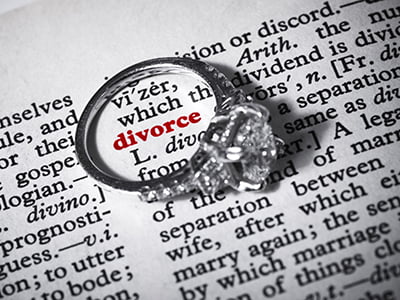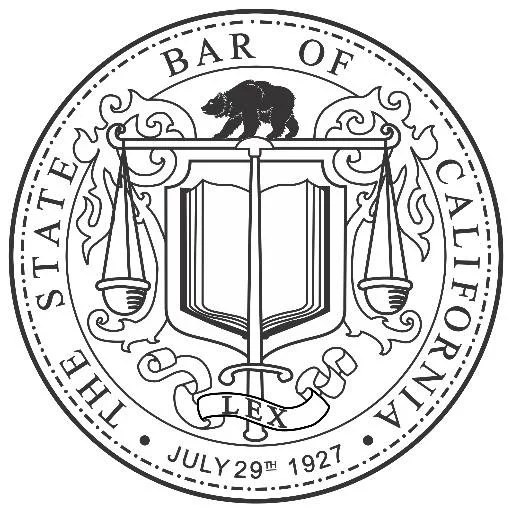Van O. Kinney, Divorce Attorney in Redding, Ca
You can have a divorce for various reasons. However, the decision of divorce often leads to awkward problems. With Divorce comes the division of assets, custody of children (if you have minors) and other problems such as ongoing family support etc. In all, a lot has to be dealt with. Fortunately, Van Kinney specializes in taking care of such matters. His fine sense of judgement will enable you to make the best decision and then carefully and intelligently express your stance in the courtroom. His techniques and wealth of knowledge will assist you in reaching your goals. Van Kinney can assist you in filing a motion to modify your monthly payments. If you believe you have been physically abused by your spouse, Van Kinney can help you file a restraining order. Van Kinney specializes in handling difficult divorce cases. No matter how difficult your case is, Van Kinney will help you find the best possible legal solution to your problem.
If you would like to discuss initiating the divorce process, call Van O. Kinney for a FREE consultation to help you make the best decisions possible involving this delicate matter.
Our office phone is (530) 244-4661, call us and let's plan for a better future!
Divorce Process
Preparation of a Petition
The two litigants in a divorce are the petitioner, (the party who is taking action) and the respondent (the responding party). The first step in a dissolution proceeding is the preparation of a petition. A petition is a document that gives the court jurisdiction over issues of custody, support, property division, property control, and attorney’s fees.
The petition for dissolution does not have any dispositive effect. It is solely a jurisdictional document which allows the petitioner to raise those issues he/she wants the court to take jurisdiction of. The respondent is served with a petition and has 30 days to file a response. That deadline may be extended by agreement between the petitioner and respondent through counsel or by the litigants themselves. The response is a mirror image of the petition, addressing the issues of: date of marriage, date of separation, and the prima facie element of a dissolution– that is, irreconcilable differences that caused the breakdown of the marriage.
Family Law Act
In 1970, California passed the Family Law Act which removed all fault. Prior to 1970, upon establishment of emotional duress, abuse, abandonment, or adultery, the aggrieved spouse would receive a larger portion of the division of property. Since 1970 and the Family Law Act, the only relevant issue for the court is irreconcilable differences.
Community Property
The State of California is a community property state, in which everything acquired during the marriage is presumed to be community property. This means the spouses divide their community property equally. The exceptions to community property acquisition during the marriage are: property you had prior to marriage that you have now, property you acquired by gift of inheritance, and property acquired after date of separation. These three exceptions allow either litigant to assert a separate property interest in property now subject to division.
When a person receives an inheritance or a gift, or has assets he/she had prior to marriage, it is the responsibility of the acquiring spouse to prove he/she did not co-mingle those assets with community property assets. Many times in dissolution proceedings, a spouse receives an inheritance and items have been purchased from that inheritance. If the spouse claiming a separate property interest can prove all the sources of the asset came from the separate property inheritance, it remains separate property.
Often, if the spouses are not anticipating dissolution proceedings, there is a tendency to place inheritances into a community property account in which income or other sources of revenue are deposited. In these cases, the separate property loses its separate property characterization by what is called co-mingling. If the spouse asserting separate property interest cannot specifically trace the asset to be divided to all separate property, then co-mingling of that asset with community property assets could potentially destroy its separate property characterization. All other property acquired during the marriage from date of marriage to date of separation is presumed to be community property.

Date of Separation
The date of separation is defined as the date when either spouse declares to the other, or can prove, that he or she no longer wishes to hold the other out as a spouse. This is clearly evident when one spouse moves out, rents an apartment and begins establishing a single life. This is proof that he or she moved out of the family residence and moved on in their life. More complex issues arise when parties cease wanting to be married, but for whatever reason don’t choose to move out of the family residence, remaining in cohabitation in different quarters of the same residence. When this occurs, legal separation is established, but proving that a private agreement occurred is often difficult.
Property Division
Property division issues may occur if one spouse wants the marriage to appear to be of longer duration, and the other wishes the marriage to appear of shorter duration. Such issues involved would be what assets or debts were acquired during the disputed duration and date of separation. Proving post separation income and property allows you to retain your assets and places a dividing date for those assets to remain in your possession. Significant assets may be disputed and proof and evidence may be required.





